Invasive Species
1/14
There's no tags or description
Looks like no tags are added yet.
Name | Mastery | Learn | Test | Matching | Spaced |
|---|
No study sessions yet.
15 Terms
Brazillian Peppertree - Schinus terebinthifolius
An exotic plant brought to Florida in the 1800s as an ornamental plant. This tree is identifiable by batches of red berries that grow from it. These berries are eaten by birds and spread throughout the state. The growth of this plant is fast and aggressive with no predators that impede its growth. This tree grows dense thickets that reduce biodiversity, crowd mangrove habitats, and release growth inhibiting chemicals to stunt growth from other species.

Argentine Black and White Tegu (Salvator merianae)
These are large lizards that are capable of reaching around 5 feet in length. They have a mottled black and coloration. These lizards are incredible swimmers and will dominate areas around water. They are a problematic omnivore that will consume eggs of protected species such as gopher tortoises and sea turtles.
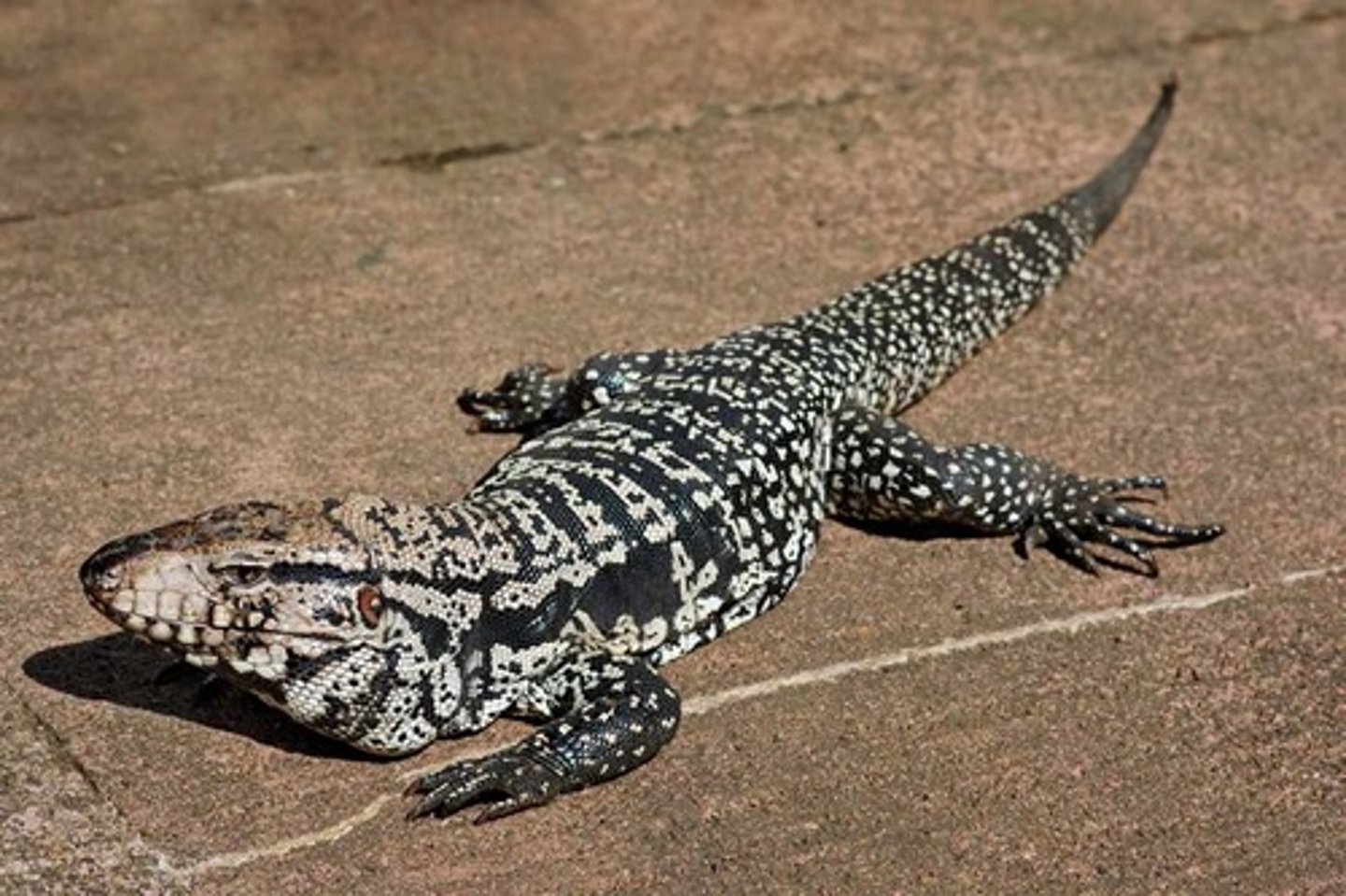
Lionfish - Pterois volitans
These are venomous fish native to the indo-pacific. They were first observed in Florida in 1985. These fish are striped with red, brown and white coloration. They have 18 venomous spines to deter predation. These fish are predators that will consume important reef fish that control algae growth. They also compete with other predators such as grouper and snappers.
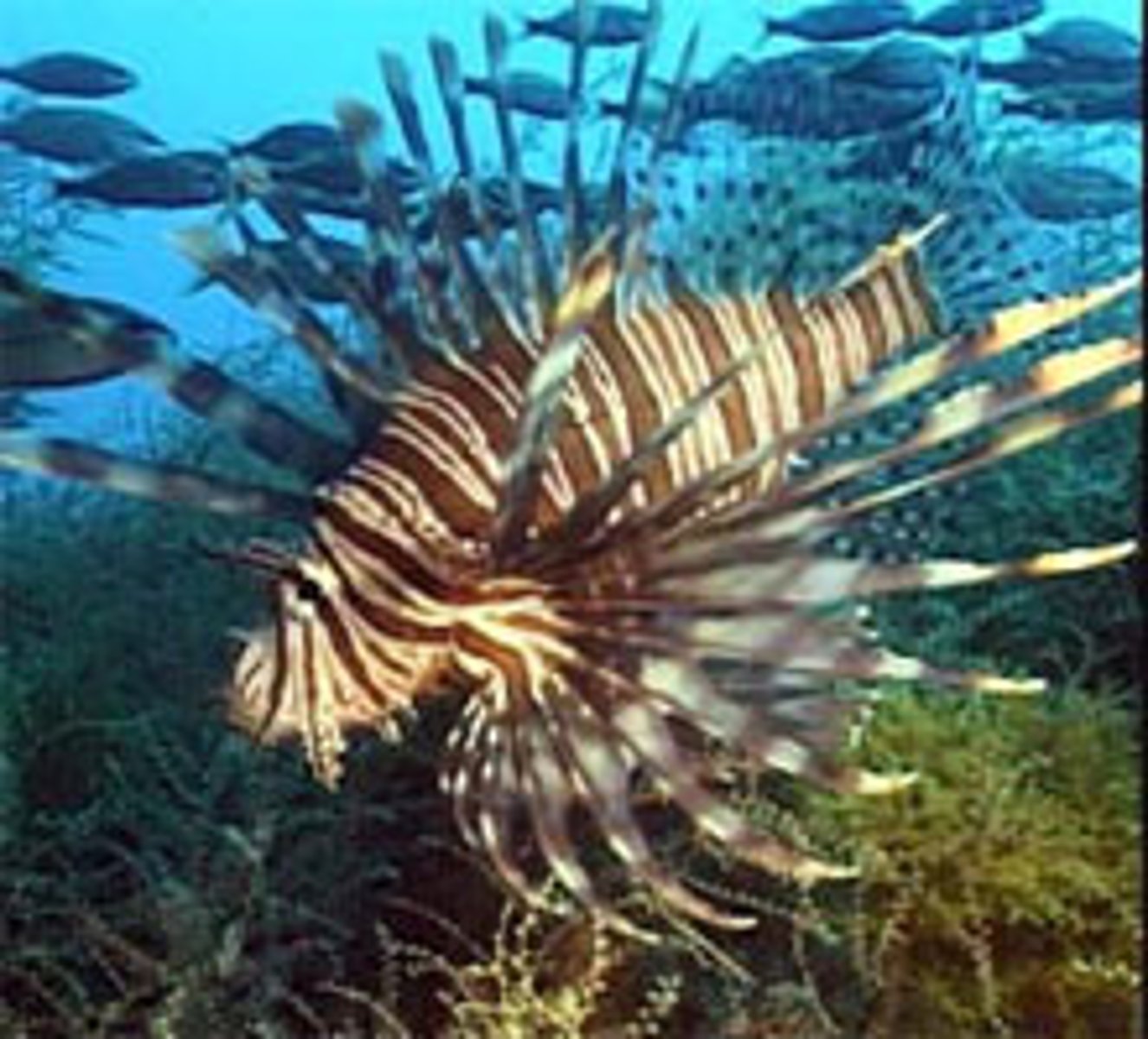
Water Hyacinth (Eichhornia crassipes)
This plant was first introduced to Florida in 1884. These are floating plants that are identifiable by small branch green leaves with a purple flower that grows within the clumps of floating leaves. These plants rapidly grow doubling their populations in about two weeks. They will form dense colonies that clog waterways, smother underwater vegetation, provide habitats for mosquitos, as well as degrade water quality and available oxygen resulting in fish mortality.
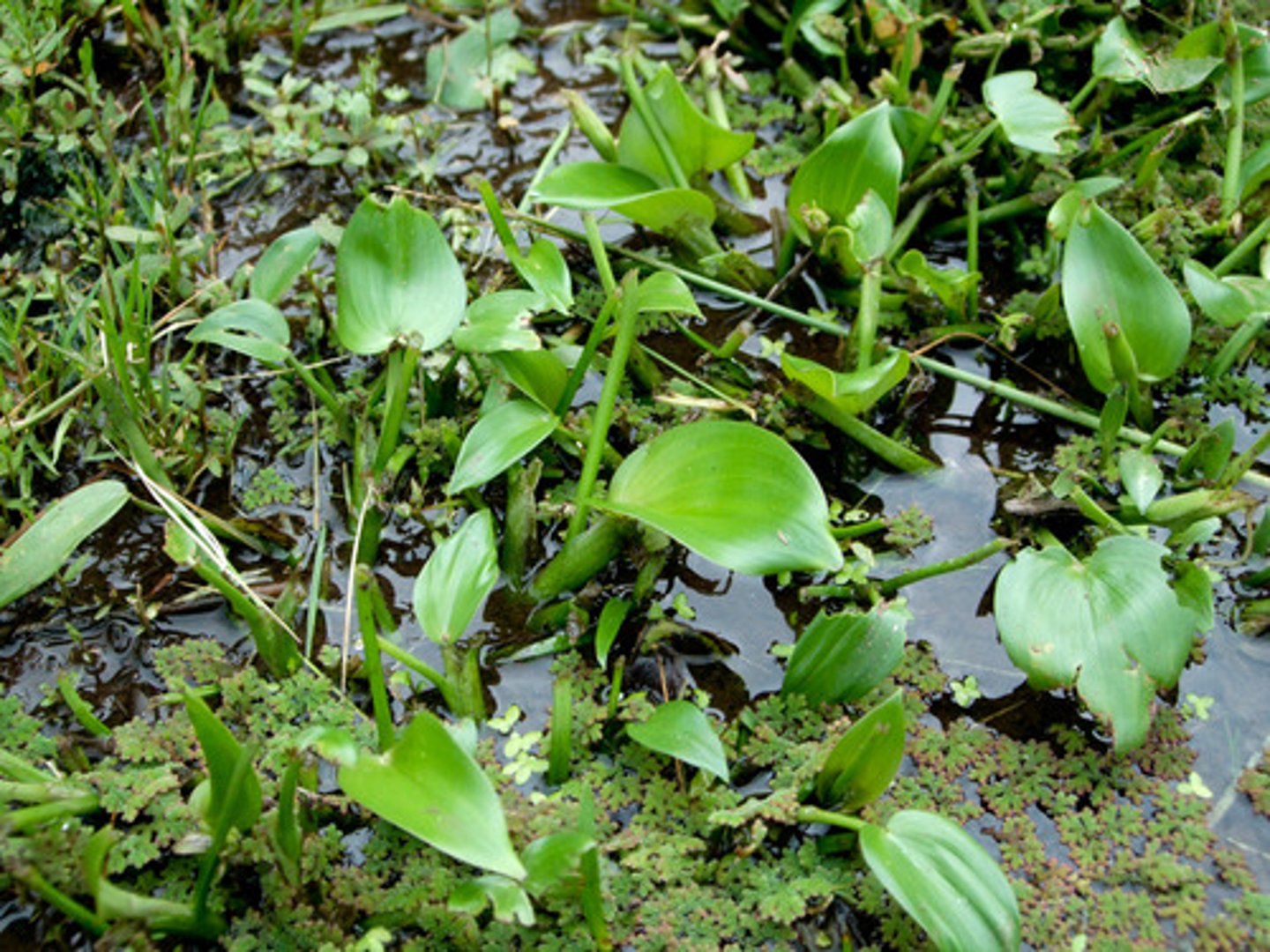
Air Potato (Dioscorea bulbifera)
This plant was first introduced to Florida in 1905. It was originally cultivated as a possible food crop and ornamental in the 1800s. This plant is identifiable by heart shaped leaves on long vines. There are also small poisonous brown bulbs that will grow off of the vine. These plants forms dense vines that smother native plants and trees
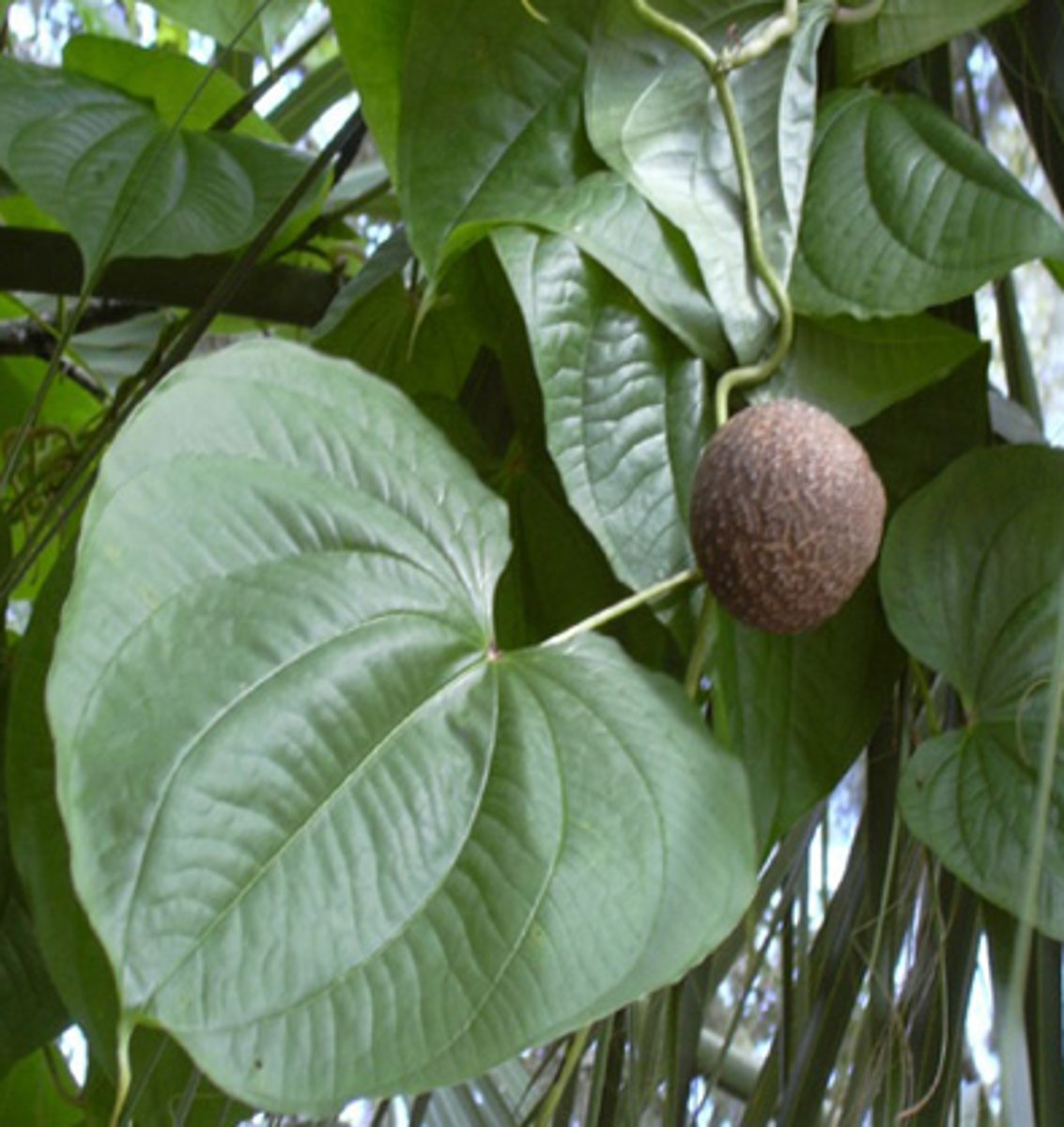
Cane Toad
These are grayish-brown or reddish-brown amphibians that can be up to 9 inches in length. They are native from Amazon basin to the lower Rio Grande Valley in Texas. This animal was first introduced to Florida in the 1930s and 40s to control agricultural pests that harmed sugar cane production. They secrete bufotoxin that can cause illness or mortality to animals that bite or eat it. They also compete with native amphibians for food and breeding grounds.
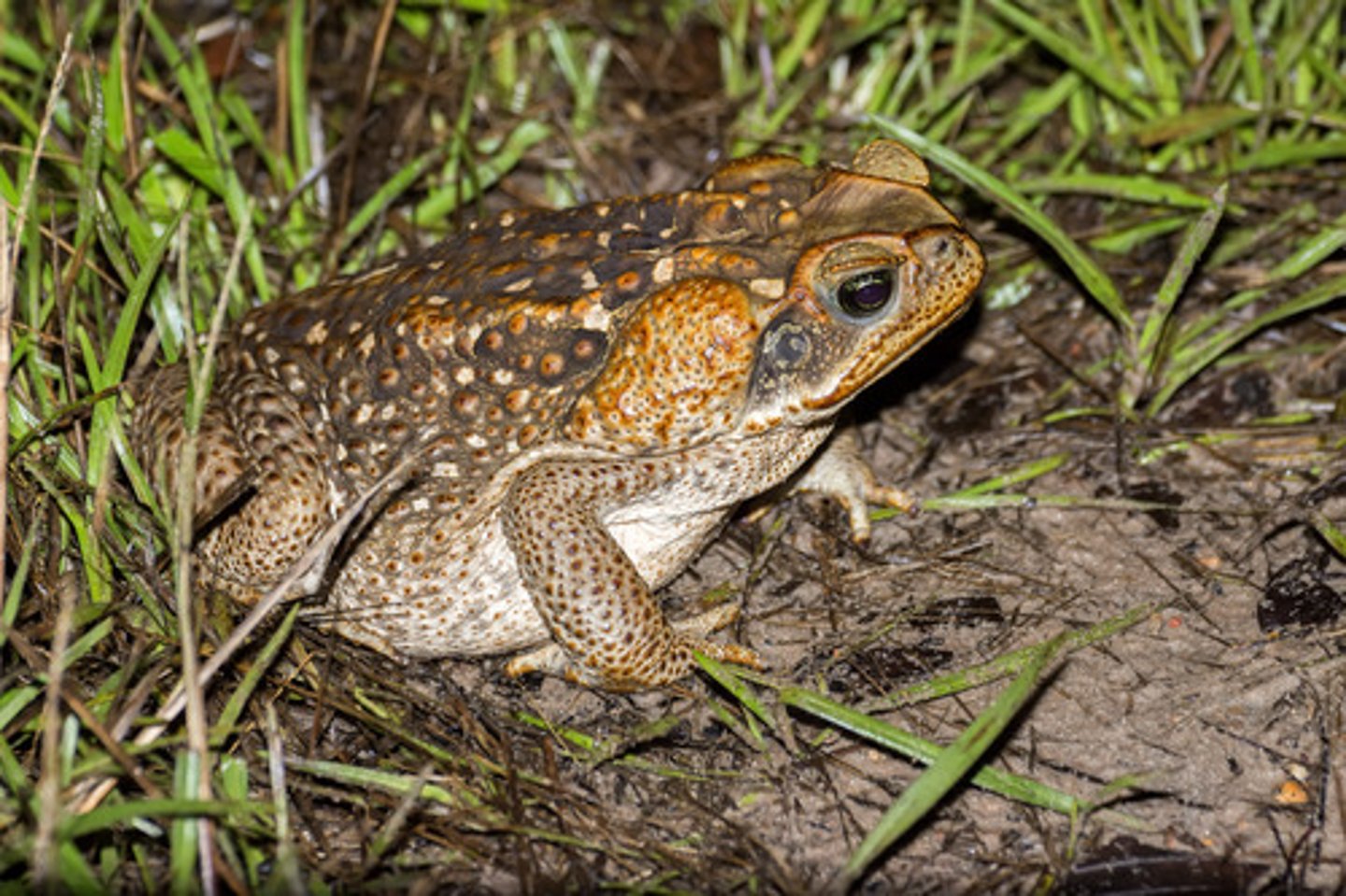
Cuban Treefrog
This is a forest dwelling amphibian native to the West Indies. It was first recorded in 1952 and was easily dispersed through plant shipments. They prey on small frogs and some toads. They also feed on insect species and can increase competitive pressure on native species. The prolific breeding habits of this species can interfere with native tadpole populations and the ecology of the environments.

Hydrilla
This is a submerged freshwater plant with long branching stems and circular arrangements of four to eight leaves. These long plants can grow an inch or more per day and form dense canopies on the water's surface. These plants will crowd out native vegetation, reduce biodiversity, cause flooding by clogging waterways, and disrupt natural water flows.
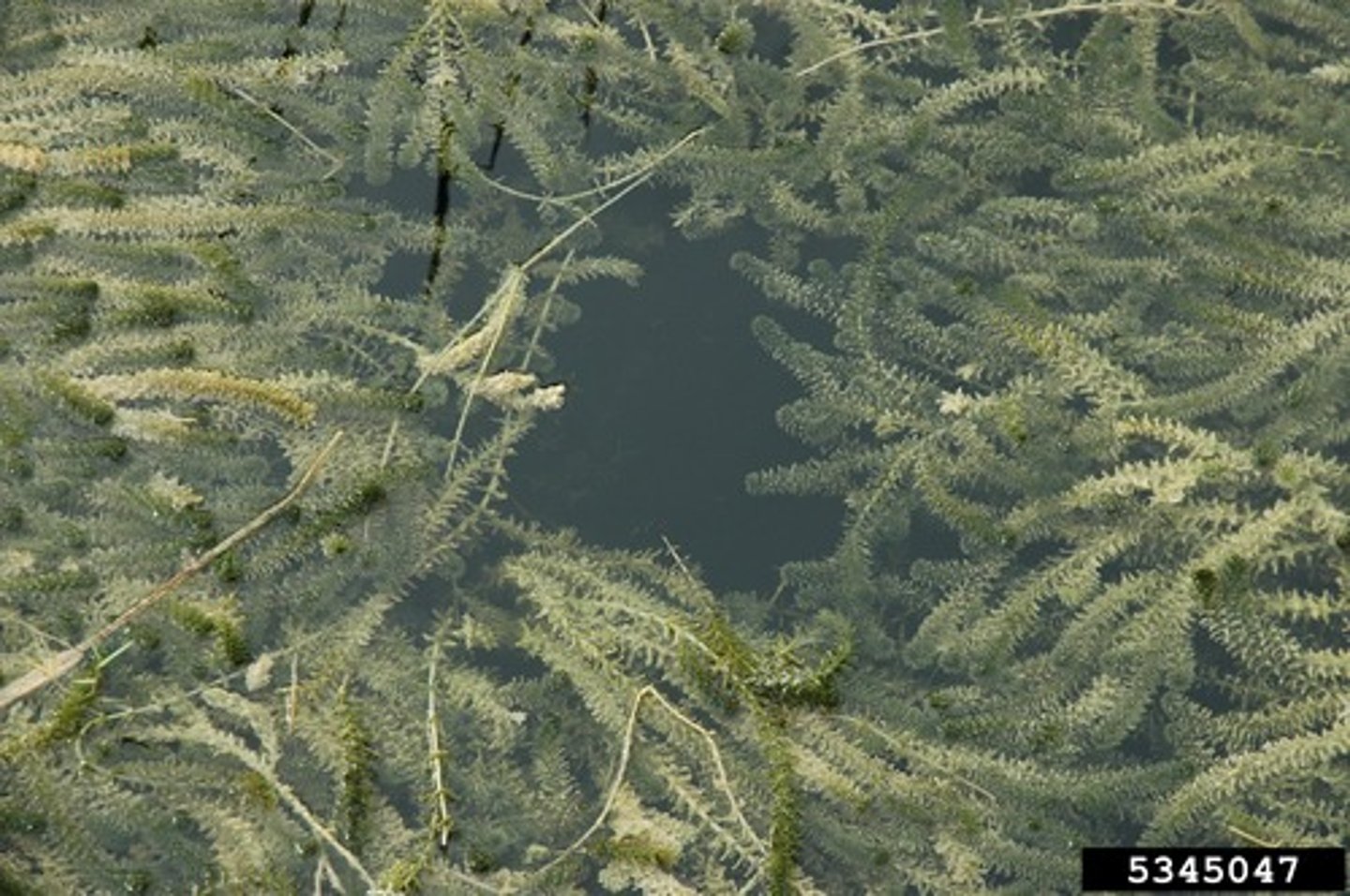
Muscovy Ducks
This is a non-migratory bird species that is native to Mexico, some parts of Texas, Central and South America. These birds can spread disease and compete with native waterfowl. They breed quickly and large populations will develop. Their waste can cause excessive nutrients in waterways leading to eutrophication or algal blooms.

Green mussels
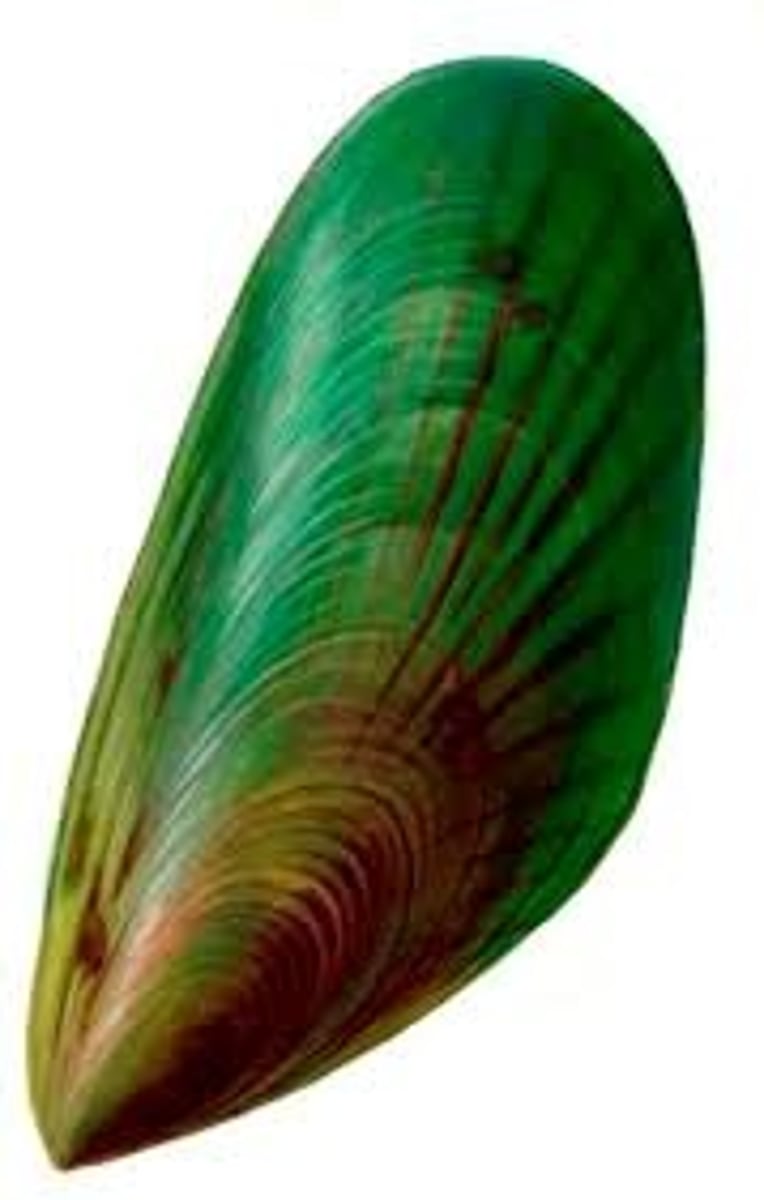
Brown Anole

Australian Pine
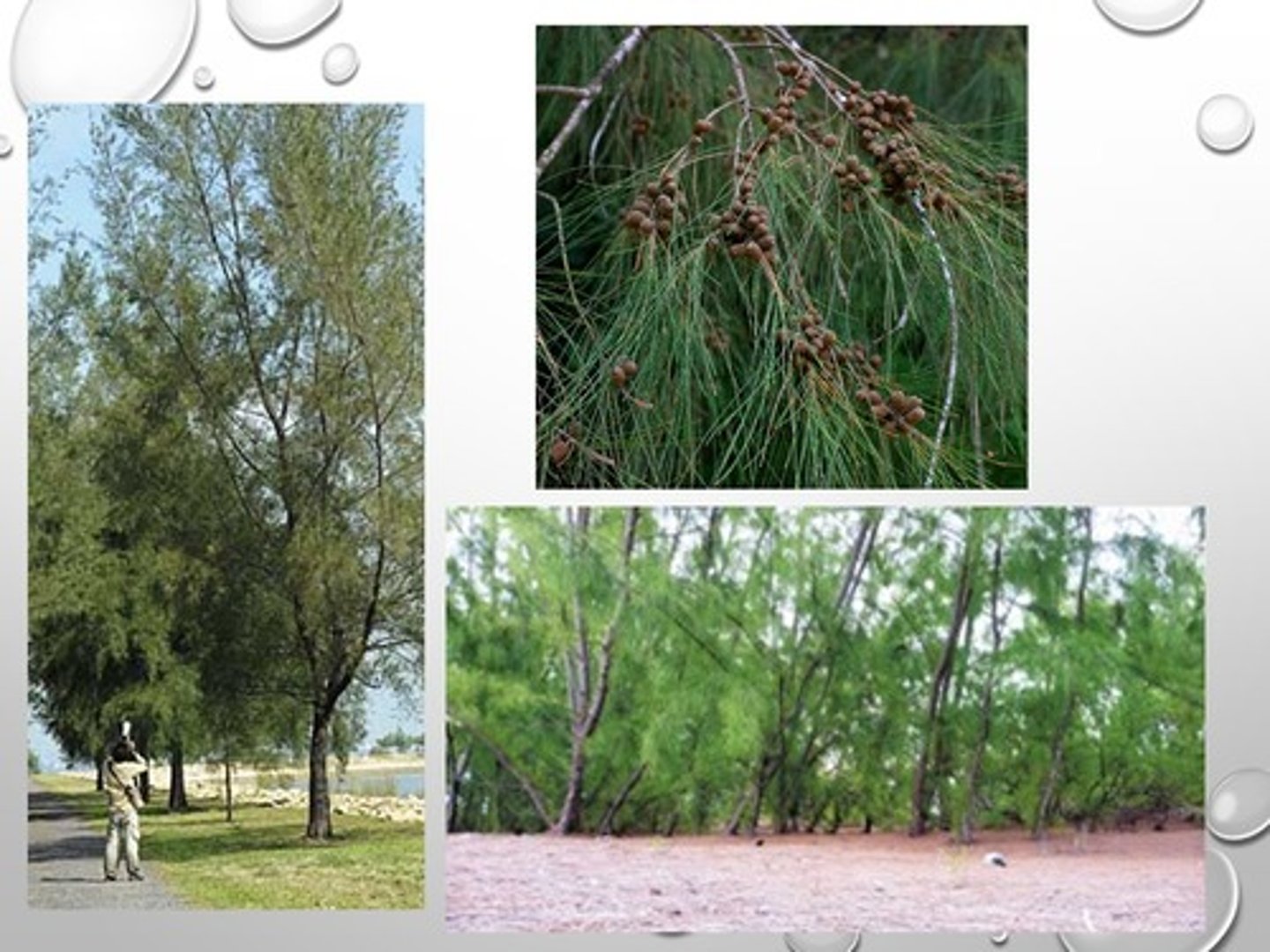
European Starling
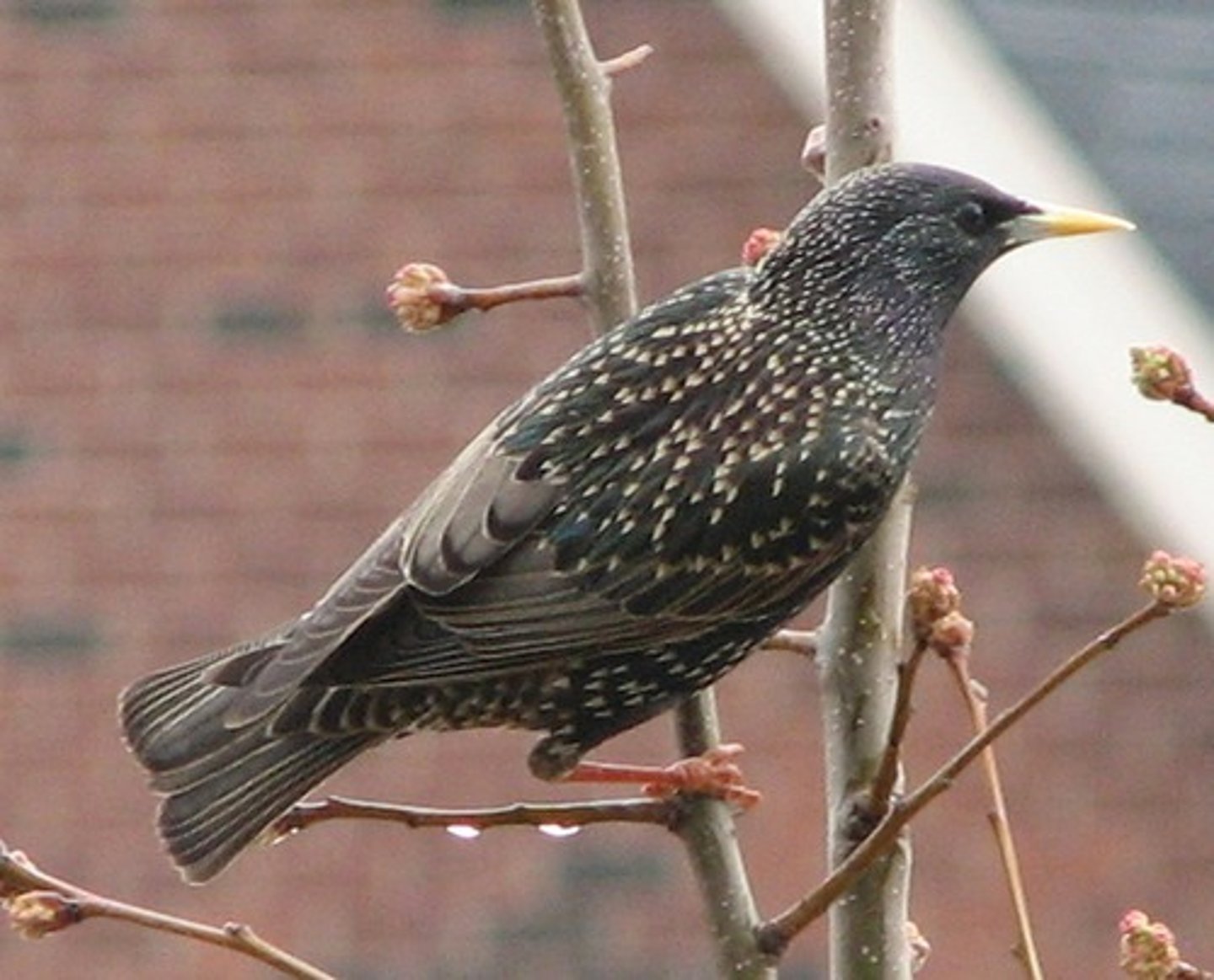
Monk Parakeet (Quaker Parrot)
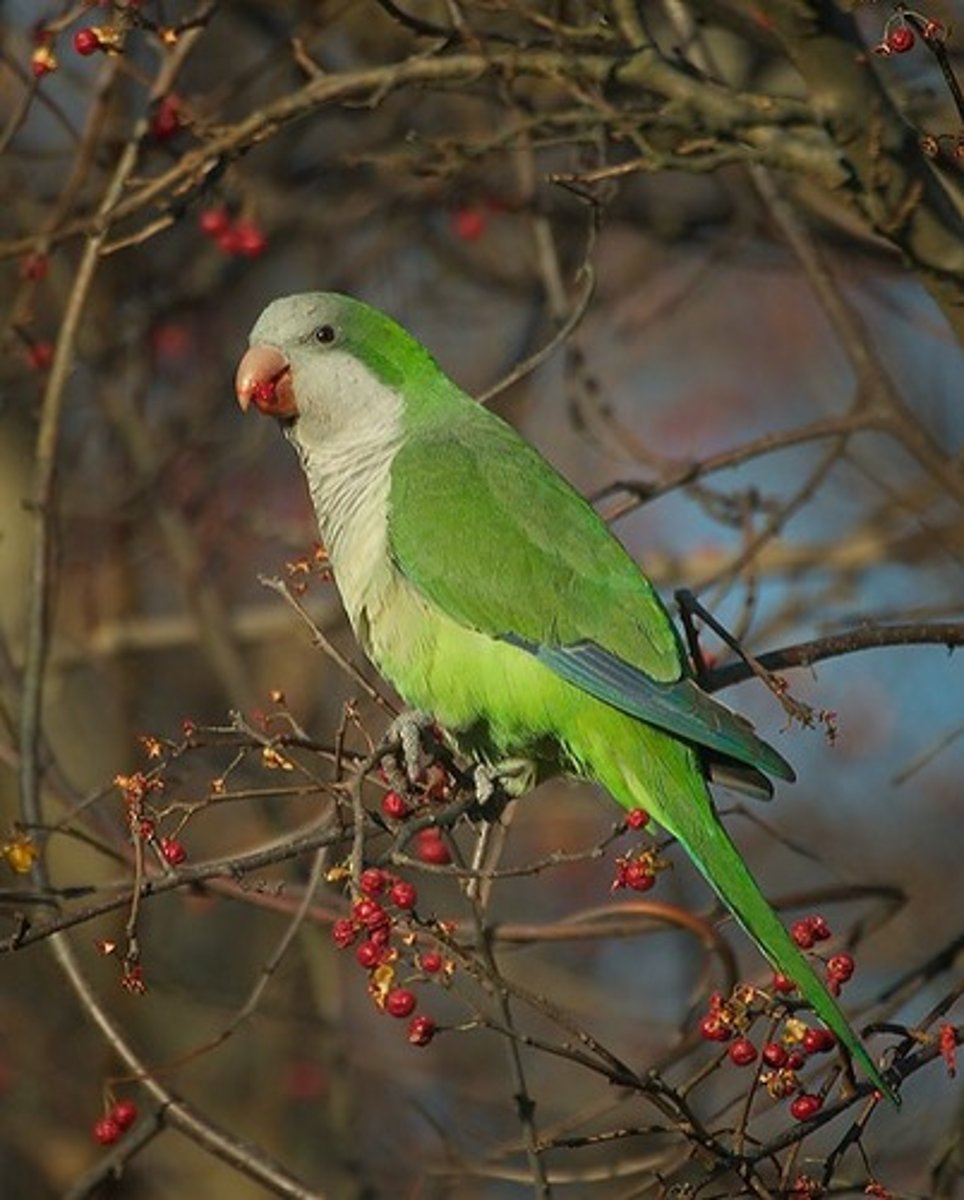
Red Fire Ant
